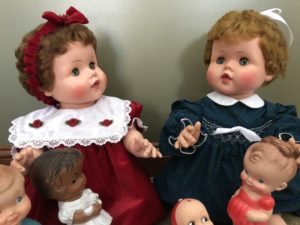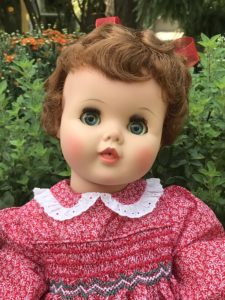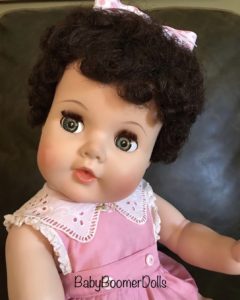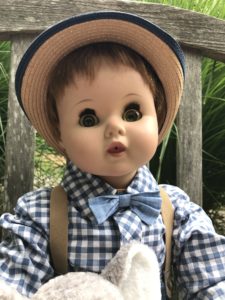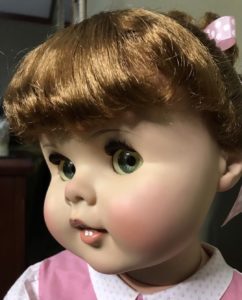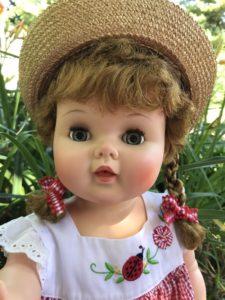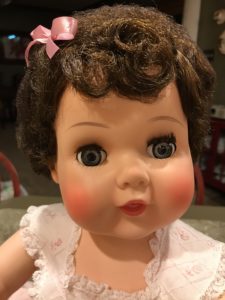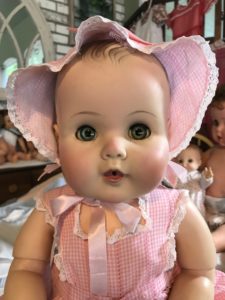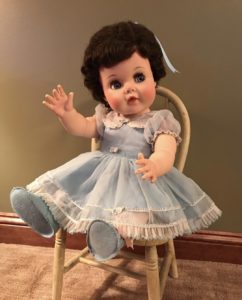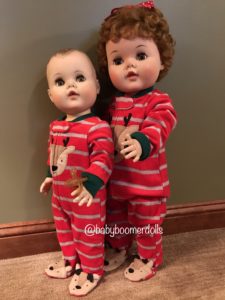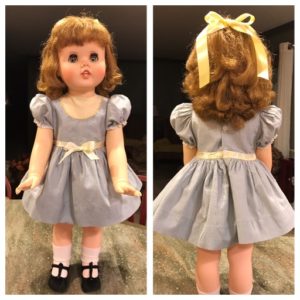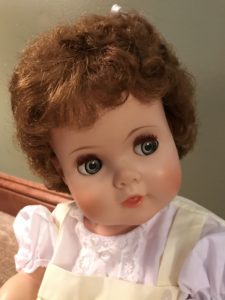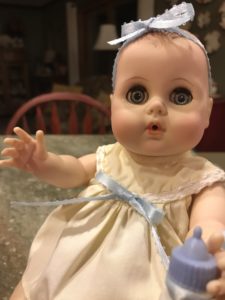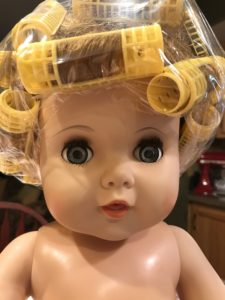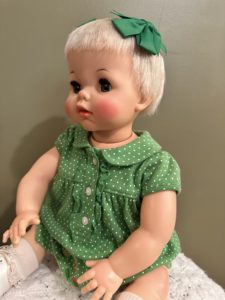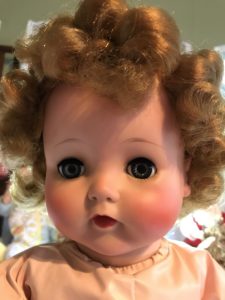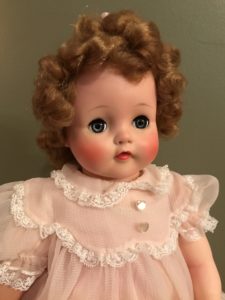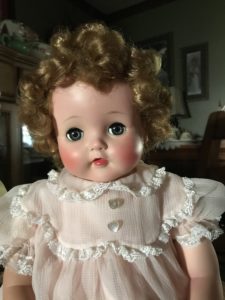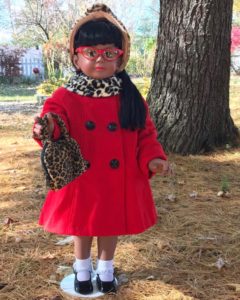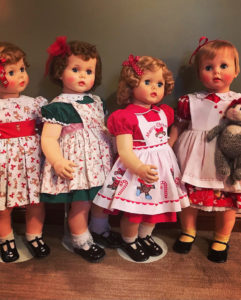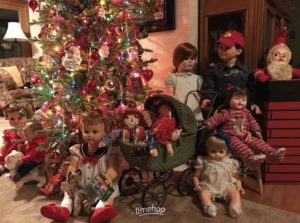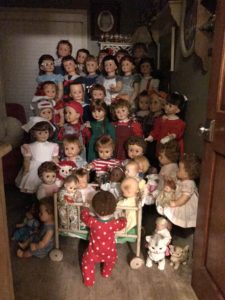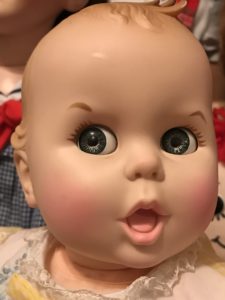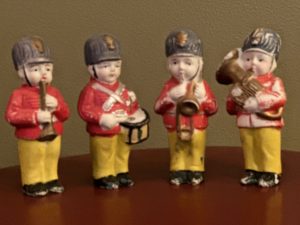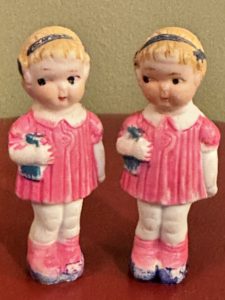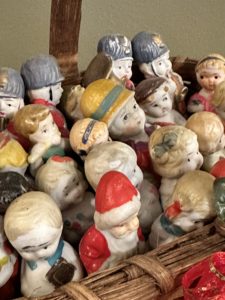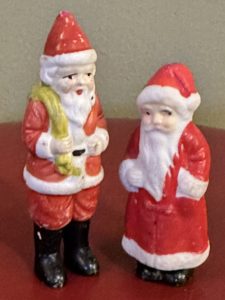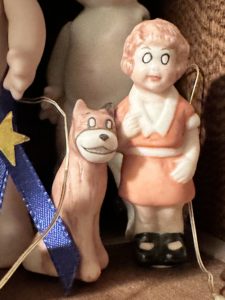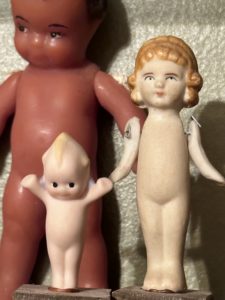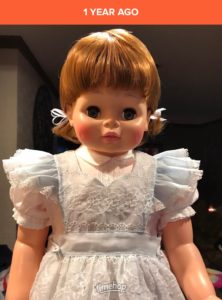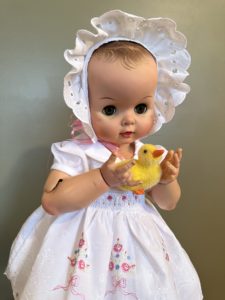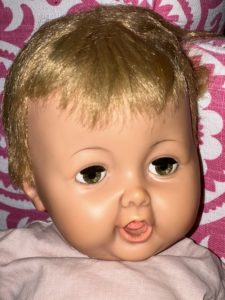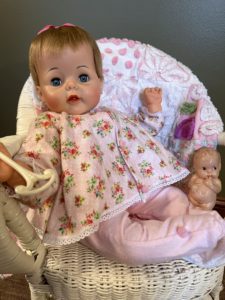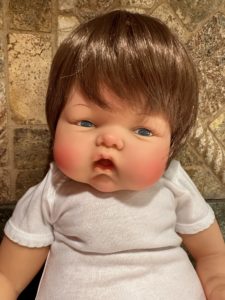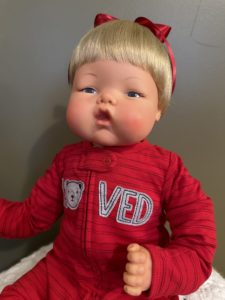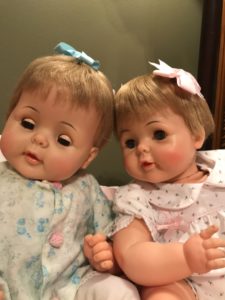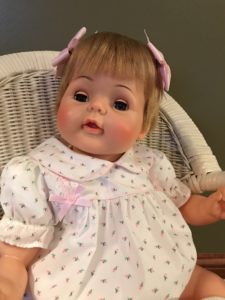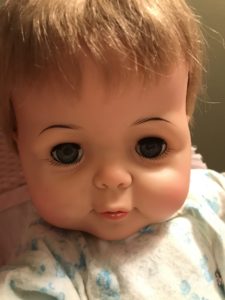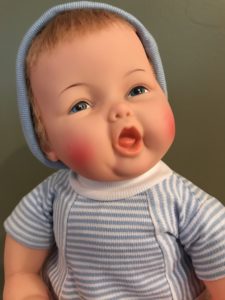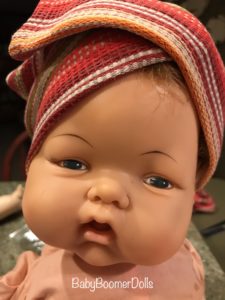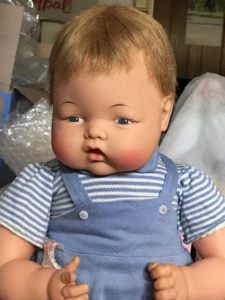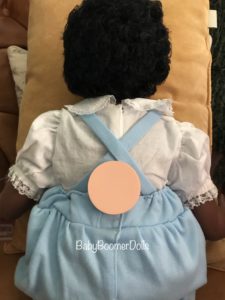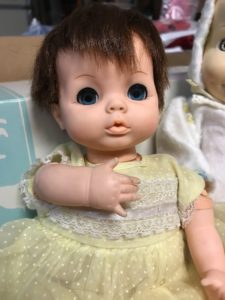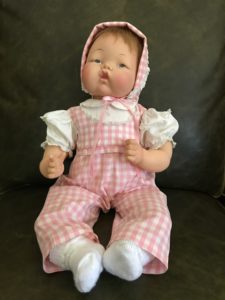Hello, dear friends! I hope that wherever you call home the weather is beginning to warm and spring is on the way. Here in Southern Illinois, the rose bushes are beginning to produce tiny leaves, the daffodils are blooming, and some of the flowering trees are beginning to be amassed with thousands of tiny little blooms, some of them very fragrant. Sure signs that spring is indeed on the way. I am so ready to get out and “play in the dirt.” I love to be out in the yard.
Well, we aren’t here to talk about the weather. So….”Let’s talk dolls!” We as doll collectors have lots of varied tastes in dolls and what we collect. Our collections, I’m sure, are all over the board. Personal taste often dictates what dolls we collect. Perhaps your grandmother collected a certain type of doll and you have continued to collect those dolls. There are just so many reasons why we choose to love and collect our dolls.
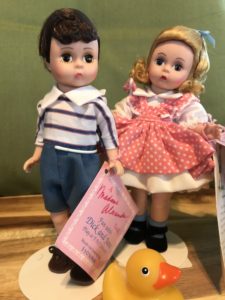
Personally I love photos of my dolls. I enjoy looking back over those photos from time to time. I like to see which ones have remained and which have been rehomed. Years ago, I loved to collect the 8″ Madame Alexander dolls and I had quite a hefty collection. While I no longer actively collect those little 8″ dolls with the beautiful clothing, I did keep some of my favorites. Those of you who follow me know I like the Playpal dolls, Gerber babies, and of course the Toodles dolls of all sizes, Cissy dolls are a special part of my collection, and last but not lease, I love Kewpie dolls. It seemed an odd turn of events to go from collecting 8″ dolls to dolls that are over 30″ in height. But that is exactly what I had done. I have always loved dolls and will continue to collect dolls even though my taste may change from time to time.
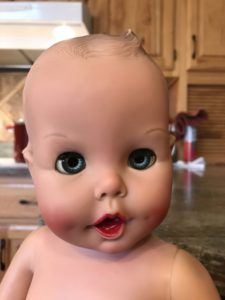
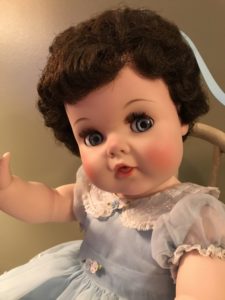
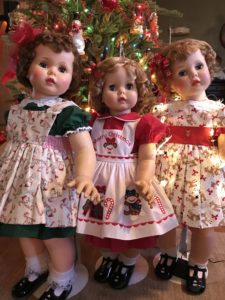

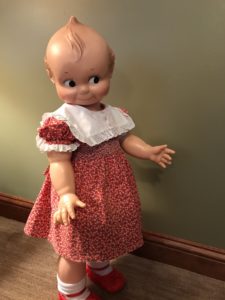
Who is it that determines what is now collectible? Who determines what will be collectible in the future? I’m sure that when the manufacturers at the American Character Doll Company manufactured Toodles dolls, they had no idea that we as collectors would actively search for that coveted brunette Toodles as many of us do. Had they known that, I’m sure they would have made the vinyl a little more stable and able to resist the test of time. Unfortunately, they had no crystal ball that advised them of such, so Toodles dolls had their time in the spotlight and soon there was another doll that came along that was on the wish list of every little girl. There’s no harm in this, it is just they way things work. Thankfully, many of those Toodles dolls were kept as childhood memories and are now being rejuvenated in many doll collections. The point is not to make them new dolls again. The point is to make them as pretty as they can be and give them more years as collector dolls and bringing happiness to yet a different age group. They go from being toys of little girls to being collector items of older collectors. It is a wonderful cycle, don’t you think? Just look at all the “tricks” we have learned to bring them back to their former beauty.
I don’t know how things go in your doll room, but I personally have limited space and I have just maxed it out. As a result, I have rehomed many of my dolls for other collectors to enjoy. It wasn’t because I didn’t like them. Space is a commodity and must be used wisely. But at the same time of creating more space, I noticed myself taking note of other types of dolls. I have a vintage doll collection that I thoroughly enjoy and it brings great joy to me daily. But do you think those manufacturers had any idea at all that years down the road those dolls would be actively sought after? I doubt it….they had no idea that they would someday be collectibles.
Who is it that determines what will be a collectible doll in the future? For now, for my own private collection, I make my own determinations on what I personally like. It may become collectible and then it may not. That really isn’t the point. The point is that I enjoy the dolls I collect. I find myself being drawn to some of these beautiful reborn dolls. Some are gorgeous and so life-like. I have in fact purchased a few and added them to my collection. They don’t replace my vintage dolls, they just add another dimension to my collecting. The abilities and creativity of some of these artists is amazing to me! I’ve been thinking that some day I will try my hand at learning to create one of these beautiful dolls. I am always in for learning new techniques and creating new things. This seems like the perfect challenge.
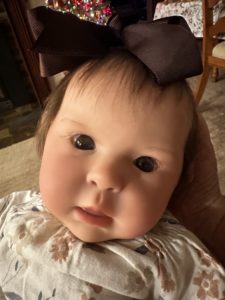
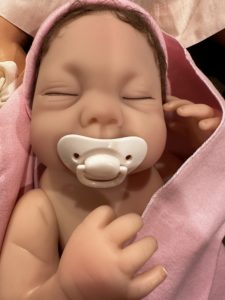
At one time, my doll collection had absolutely no composition dolls. None. I really don’t know why, but for some reason, they just did not appeal to me. Oddly enough, my taste has changed and I now have more than a several composition dolls. Once again, presentation of the doll and personal taste has opened yet another door to my beloved hobby.
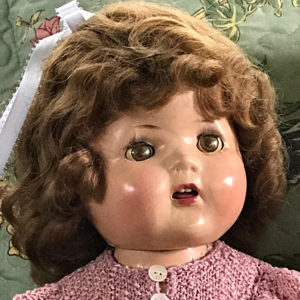
I have always loved Native American dolls. I’m sure it was the clothing they wore, their beautiful dark hair, and that my great-great grandfather had some Native American heritage in his lineage. As a child, I could pick out some of those traits in that side of our family. As time passed, the traits became harder to recognize, but I am proud that I was the beneficiary of some of those beautiful high cheekbones. For me that ties me back to ancestors I never knew. As a result of all of that, I also have Native American dolls in my collection. Again, there were contributing factors that influenced my decision to add them to my collection.
I’m part Irish, so I also love dolls with red hair and freckles. There are more than a few of those in my collection. When I was very young, dolls were either blonde or brunette. Very seldom did you ever see a redheaded doll. As a kid, I wanted a doll that looked like me, not like my younger siblings who were blonde and brunette. Personal preference there, but it has always stayed with me. LOL!
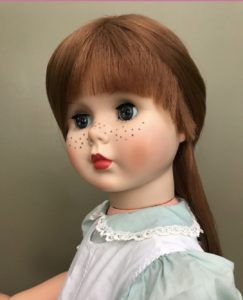
I guess to sum this all up, we ourselves determine what will be collectible in the future. Some of those future collectibles, I’m sure, are some of today’s dolls such as the reborn dolls. There are some of those that are limited editions. I hope someday to pass my doll collection to my granddaughters. I want to to have diversity in the collection. I want her to understand what it was that drew me to that doll and why I loved her so. In its own way, I look at this at a small story of part of my heritage that I want them to know about. I want them to say, “Mamaw liked the dolls with freckles because she had freckles, too.”
I want them to be able to enjoy those dolls for their own personal reasons, but to also understand that each of those dolls has a story of some sort to tell about its origins or the person who collected it. What type of dolls do you personally collect? Why do you collect them? We all have our personal reasons and it is perfectly fine for your doll collection to evolve as time goes on and taste changes. And isn’t it wonderful that we all like different things and collect different types of dolls!?
I hope you have enjoyed this reflection of my own doll collection. Once I truly realized what was happening and why, I found it quite intriguing. Maybe a little food for thought for collectors of all types.
Until we are together again, be well! Enjoy life! Most of all be kind!
Big hugs to you all,
Lynn
BabyBoomerDolls
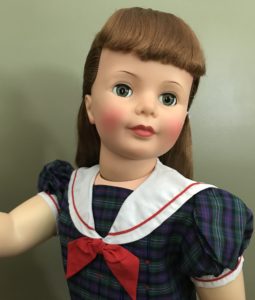
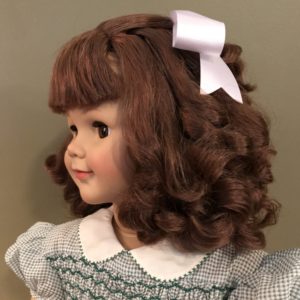
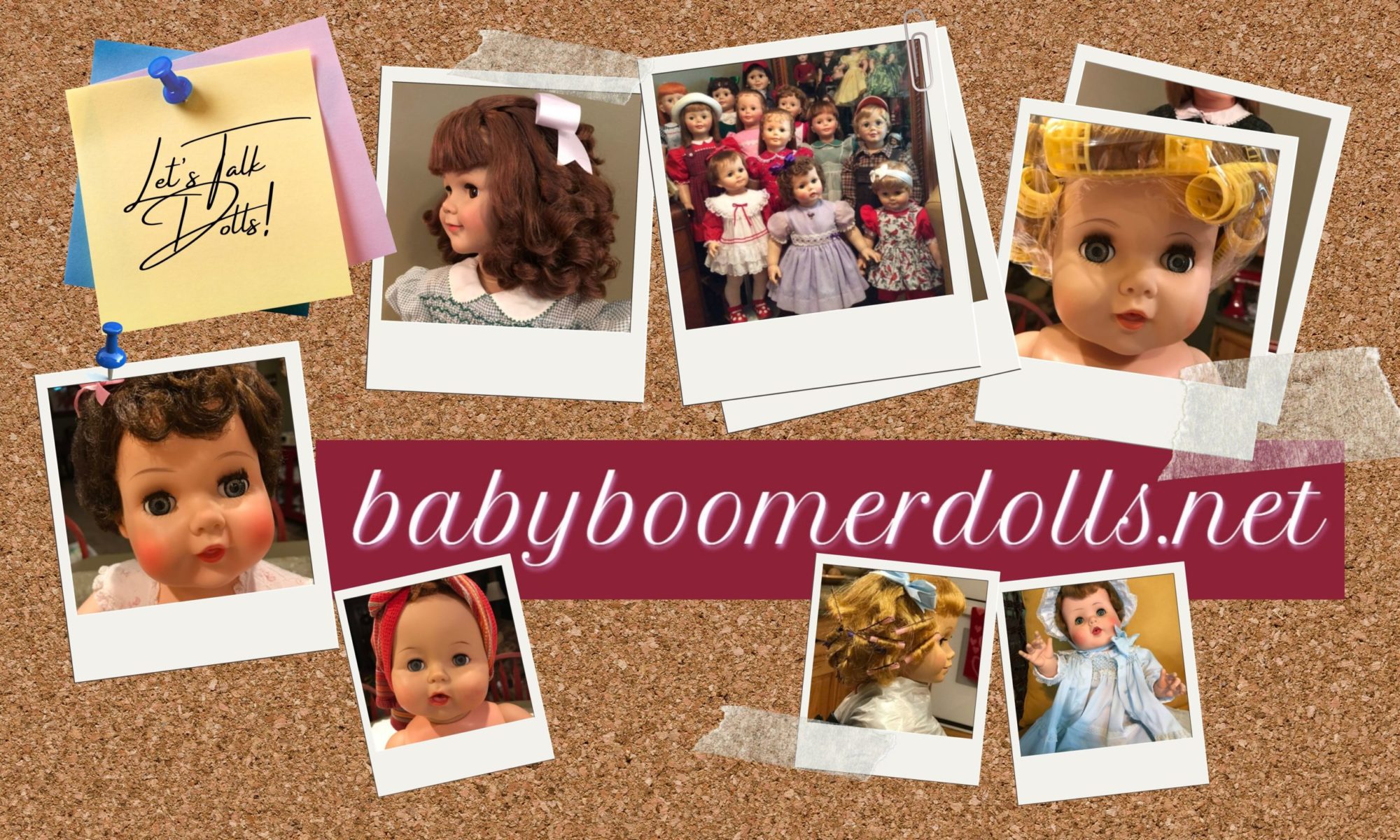
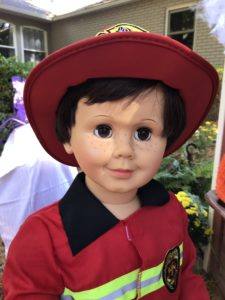
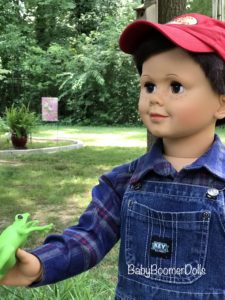
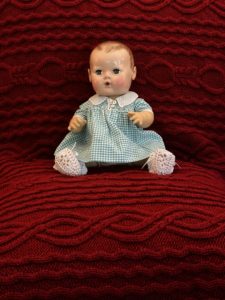
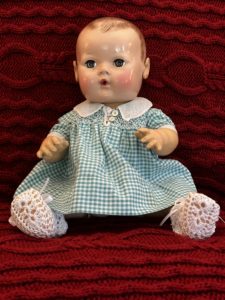
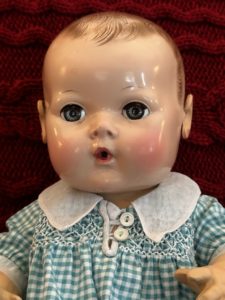
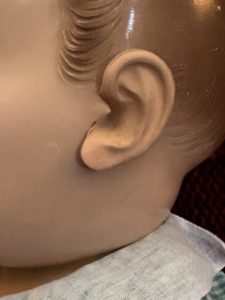
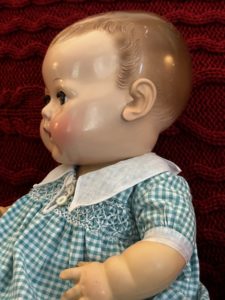
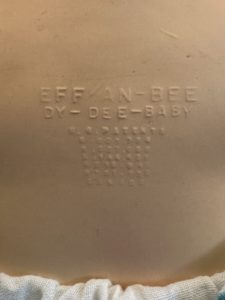
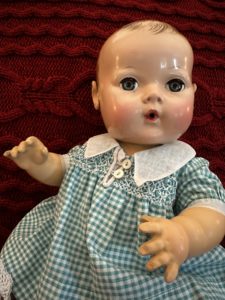
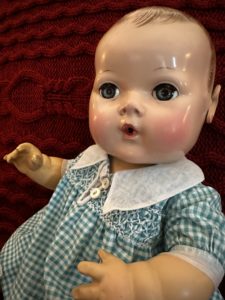
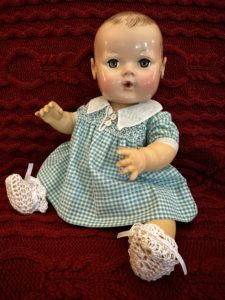
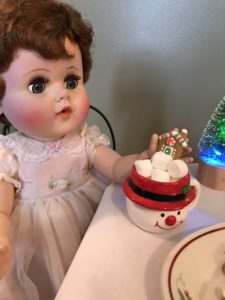 A favorite doll, do you have a favorite doll? Or perhaps a favorite brand of doll…do you have a favorite brand? As doll lovers we all seem to have some dolls that we like just a little more than others. I don’t really think I realized this about myself until just lately. A good friend of mine sent me a photo of a Toodles doll and her comment was: “Anytime I see a Toodles doll, it makes me think of you.” I found that to be a wonderful comment, but it also got me to thinking. I began looking at my doll collection and notices just how many Toodles dolls (and different types of Toodles dolls) I own. I was slightly stunned, and no, I’m not going to disclose that number (giggle). When I come upon a Toddles doll, I try my best to rescue her and to give her a second round of bringing joy to doll lovers. I’ve opened with those few statements to follow up with the following…
A favorite doll, do you have a favorite doll? Or perhaps a favorite brand of doll…do you have a favorite brand? As doll lovers we all seem to have some dolls that we like just a little more than others. I don’t really think I realized this about myself until just lately. A good friend of mine sent me a photo of a Toodles doll and her comment was: “Anytime I see a Toodles doll, it makes me think of you.” I found that to be a wonderful comment, but it also got me to thinking. I began looking at my doll collection and notices just how many Toodles dolls (and different types of Toodles dolls) I own. I was slightly stunned, and no, I’m not going to disclose that number (giggle). When I come upon a Toddles doll, I try my best to rescue her and to give her a second round of bringing joy to doll lovers. I’ve opened with those few statements to follow up with the following…